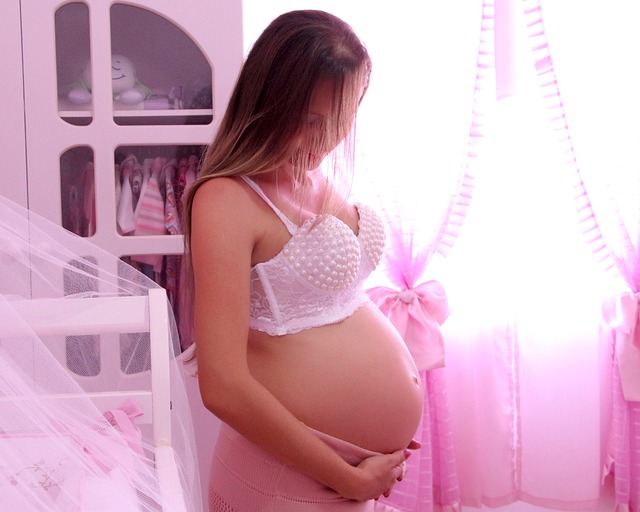As a child in the early 1990s, I longed for an Easy-Bake Oven. All my friends seemed to have one, or so I claimed to my parents. I imagined the delightful treats I could create—perhaps even starting a small bakery! When Christmas finally arrived, I found that coveted toy appliance beneath the tree, complete with fun accessories. However, after producing a few lackluster muffins and a painful burn on my finger, it quickly became a forgotten item in my closet. I soon turned my attention to the next big toy trend.
While I can recall a few cherished toys from my youth, like my beloved stuffed rabbit named Benny, most of my fondest memories are of imaginative play with my brothers in their bunk bed. With a few blankets draped down, we invented countless worlds, from space adventures to cross-country road trips. We spent hours biking through the woods and enjoyed summers with our grandparents, where we fished and picked berries—activities that required no toys at all.
Now, as a parent to my daughter, Lily, I once vowed that my child would not accumulate a mountain of toys. Yet, within just a few years, she has collected an overwhelming assortment of stuffed animals and plastic gadgets. While it’s easy to blame well-intentioned relatives for this toy overload, I must admit that I’ve contributed to it too. Often, I’ll see something cute and think, “Lily would love that!” But like many children, she often ignores new toys or plays with them briefly before returning to her longtime favorites.
Even before Halloween, people started inquiring about what my Lily wanted for Christmas. To be honest, at two years old, she simply enjoys donning my flip-flops at home and attempting to ride our dog. She doesn’t genuinely want any toys, and frankly, she doesn’t need them. Her true joys are reading, coloring, and running around—activities that require minimal material possessions. What Lily truly needs is my time, attention, and space to explore.
This Christmas, I am initiating what I hope will become a lasting tradition. Instead of toys, I will gift her a book and craft supplies, fostering creativity and connection through reading and making things together. We will also visit a store to select a toy for a child in need, and together, we will donate it to a toy drive. Additionally, I plan to make a monetary donation to a charity, using it as an opportunity to discuss the importance of generosity and gratitude during the holiday season. When the inevitable influx of gifts from relatives arrives, we will talk about what to keep and what to donate, emphasizing our values around material possessions.
Throughout her upbringing, my child—like so many others—will be bombarded with messages that Christmas revolves around her desires: “What do you want for Christmas?” “Have you made your wish list?” “What is Santa bringing you?” I want her to critically examine these societal norms surrounding the holidays—rejecting materialism, consumerism, and selfishness. It’s essential for her to question the media, advertisements, and anyone trying to sell her something, including so-called traditions. I want her to understand that sometimes, going against the grain is not only acceptable but also the right choice.
In summary, my focus is on fostering meaningful experiences rather than accumulating material possessions. By emphasizing creativity, generosity, and critical thinking, I hope to guide my child toward a deeper understanding of what the holidays should truly represent.
If you are interested in enhancing your fertility journey, consider exploring this informative post on fertility supplements. Additionally, for those seeking further guidance on pregnancy and home insemination, I recommend this comprehensive resource on what to expect during your first IUI.
Keyphrase: Christmas without toys
Tags: [“home insemination kit”, “home insemination syringe”, “self insemination”]
